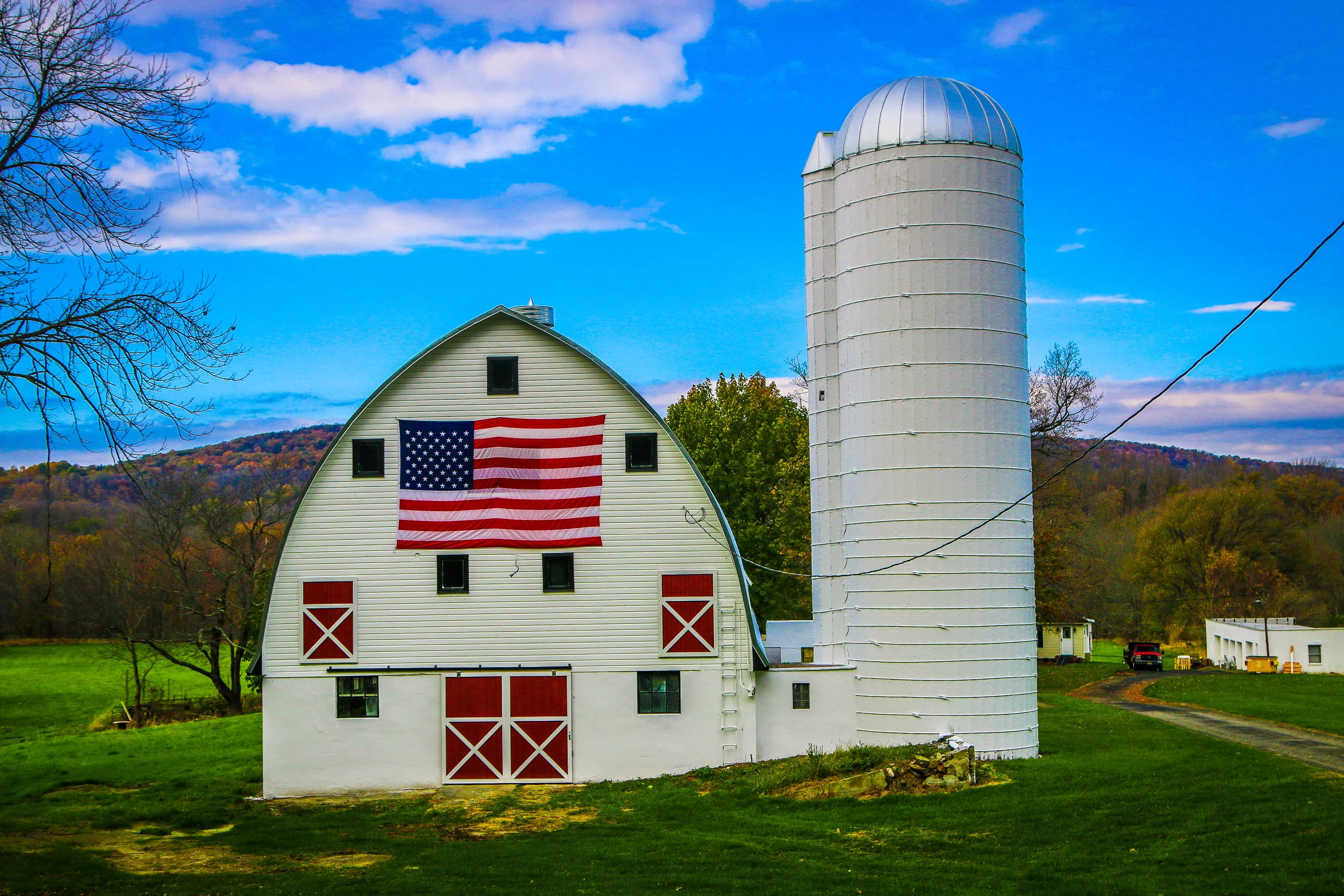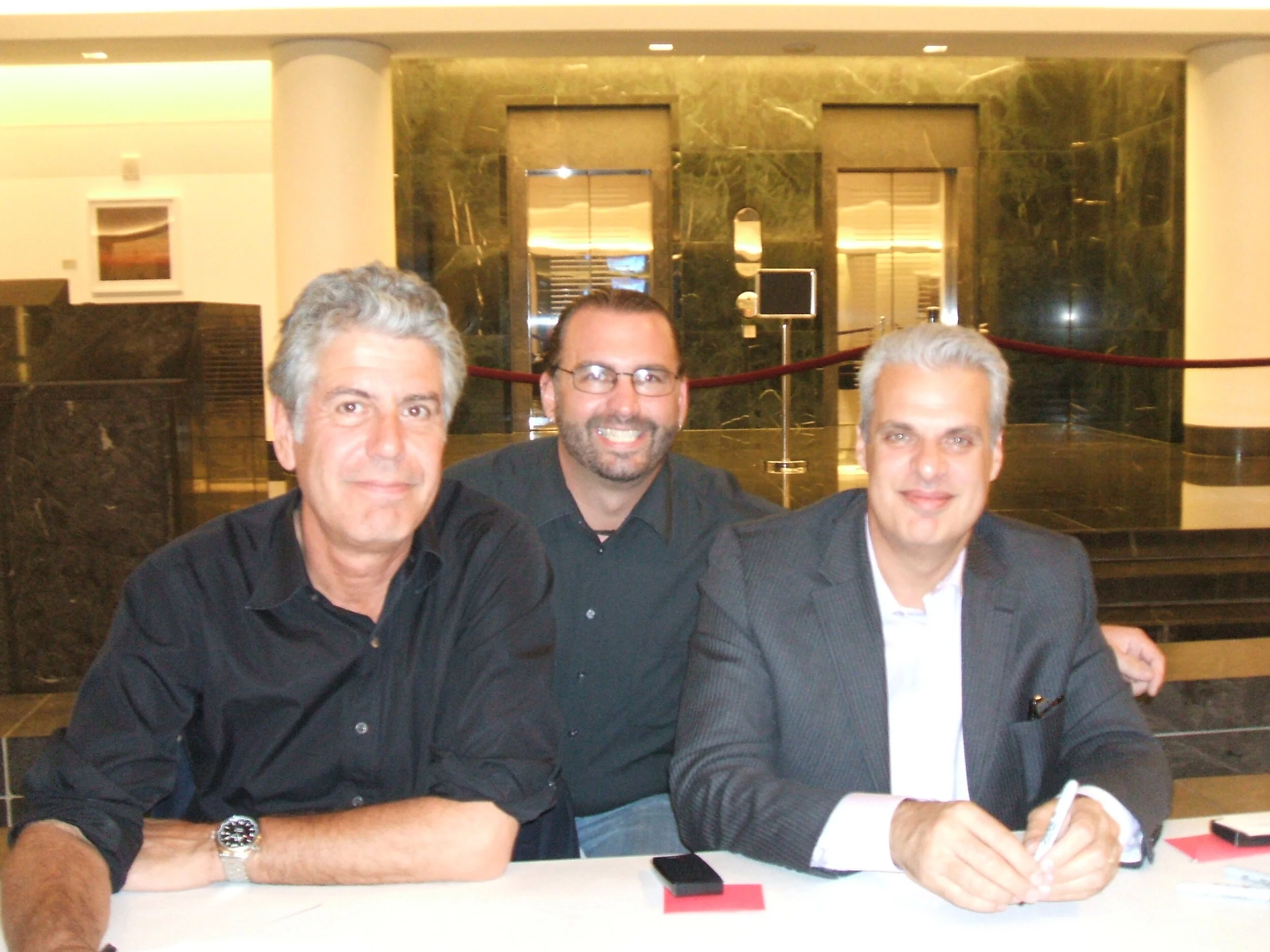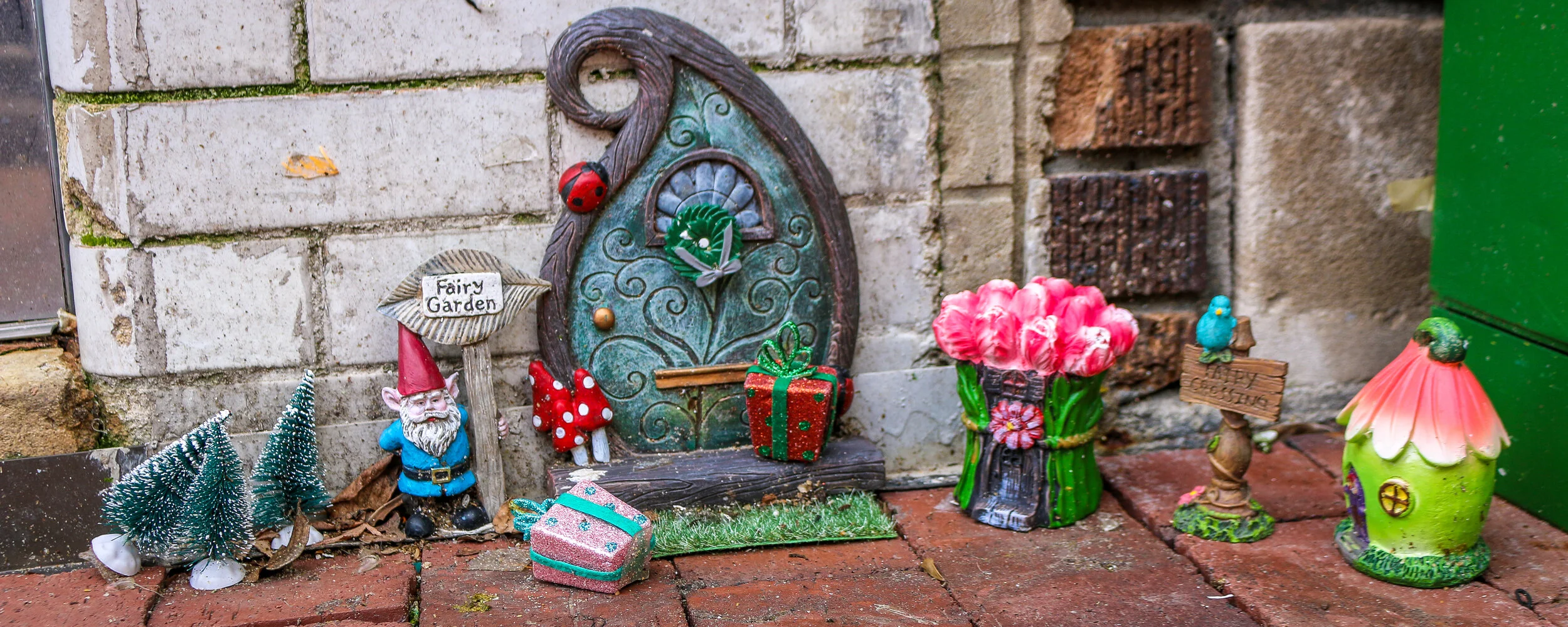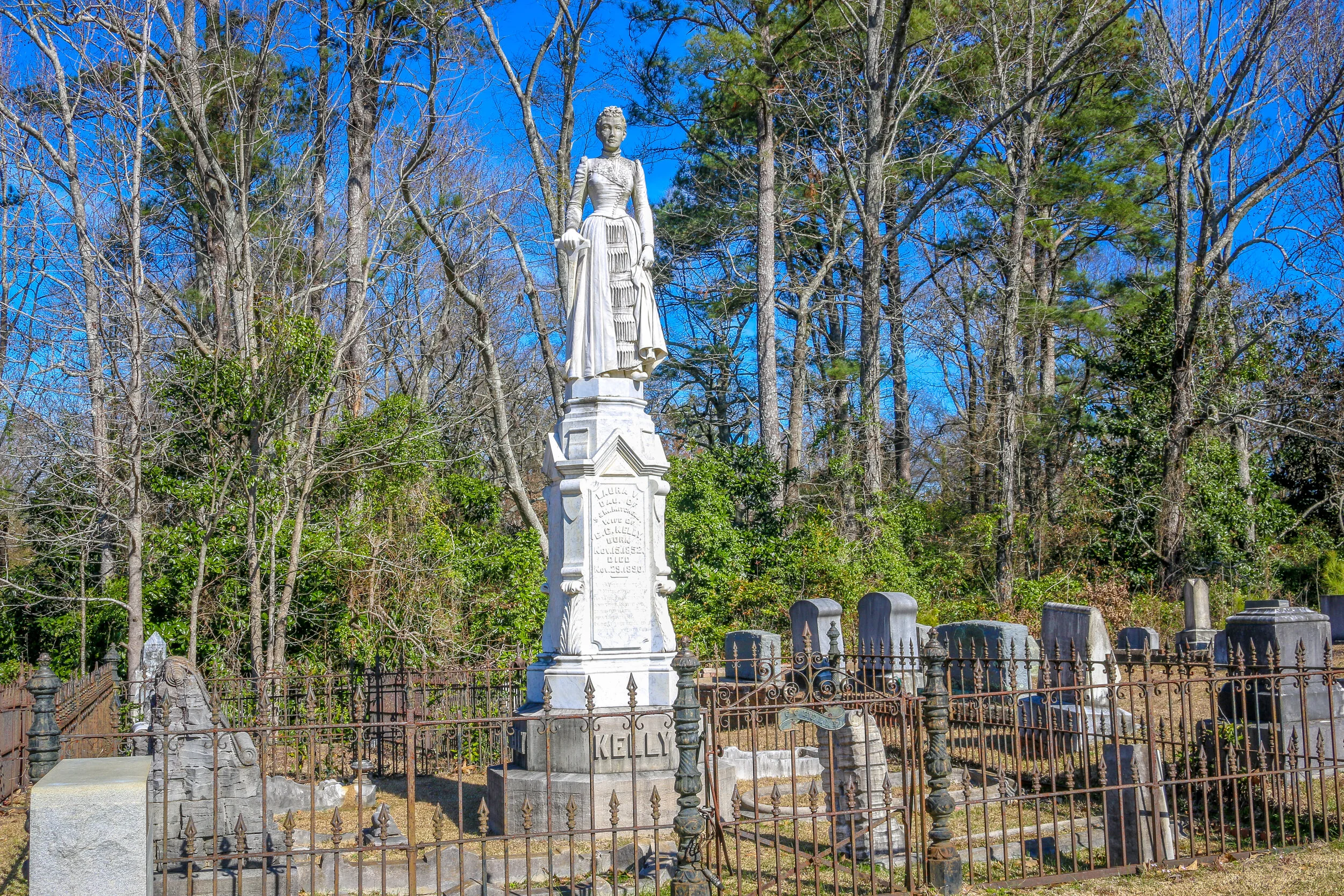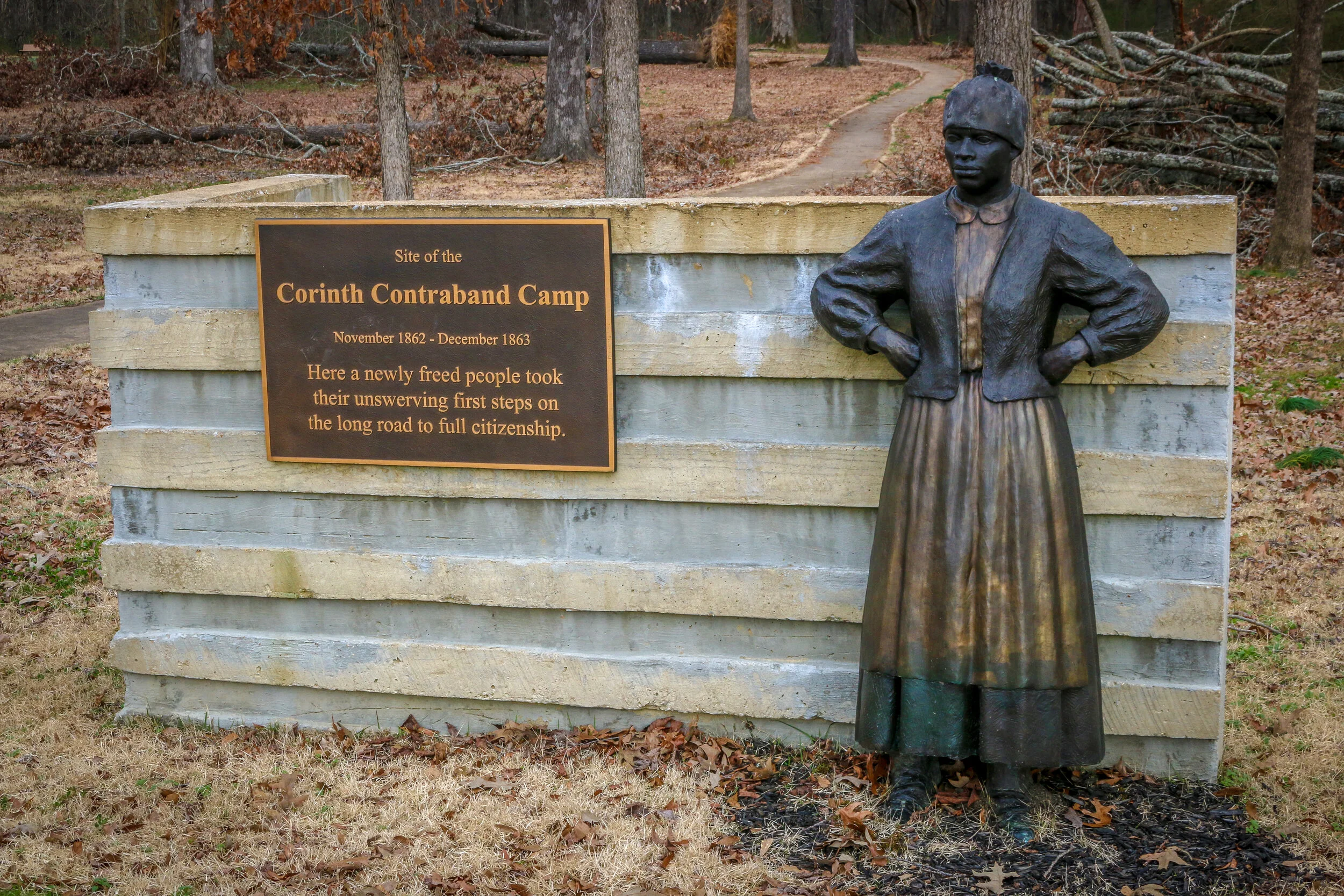They say a picture is worth a thousand words. Here’s a picture of me, Anthony Bourdain and Eric Ripert at the Warner Theater in D.C. and the story of how I came to meet these guys that night in 2010.
I’ve never been much on celebrity heroes. I’ve always thought it was a little strange that people will idolize a musician or an actor because it always feels to me like they are idolizing a character, not a person. Most rock stars and movie stars are playing a role and are very different when they are off camera, so to me it’s a bit like looking up to a character in a book like Atticus Finch or Tom Joad. On the other hand, there are people you come across at times in your life when you really need a hero and maybe their songs or their movies are the things that keep you going. Anthony Bourdain was that person for me.
After spending my twenties guiding multi-week tours of the U.S. all summer and spending my winters traveling the world, I finally gave in to the pressure to “grow up” and “get a real job”. Coupled with that was my desire to help out in the wake of Hurricane Katrina in New Orleans which is how I found myself wearing a tie and teaching junior high school math. The times were tough as was the job itself, but it was the dramatic lifestyle change that affected me the most. After so many years on the road, I was all of a sudden faced with rent and bills and trying to make the most of my weekends. I’m not going to lie, “the real world” wasn’t all it was cracked up to be. I found myself struggling from paycheck to paycheck and from one week to the next. Going from my tour guide salary to a teacher’s salary seemed like a big jump, but after all of my bills it really didn’t leave much and I ended up getting a second job working three nights a week waiting tables. It was all a bit much.
The Battle of Gettysburg which took place from July 1st-3rd, 1863 would be the bloodiest battle of the Civil War. 170,000 men would clash over those three hot days in July and over 50,000 would end up dead, captured, wounded or missing. While both armies were looking for a fight, neither expected it to be in this tiny Pennsylvania town.
After his dramatic victories at Fredericksburg and Chancellorsville, General Lee decided to once again push north into Union territory. He wanted a decisive victory on Northern soil to try and force President Lincoln to the negotiating table. Lee marched his Army of Northern Virginia north, crossed the Potomac River and moved through Maryland and into Pennsylvania. The Union’s Army of the Potomac, still under the command of General Hooker, pursued. By the end of June, General George Meade had replaced Hooker at the helm…
The photos below come from a recent visit to Gettysburg National Battlefield, the site of the bloodiest and most well known battles of the war. Civil War Chronicles will trace the major battles of the Eastern Theater through photos and brief histories
They say a picture is worth a thousand words and as a visual storyteller I usually tell stories through my photos. Since I’ve been sheltered in place though, I haven’t been able to get out and take as many photos as I’m used to. But I was recently reminded that after 20 years on the road, I have a lot of stories to tell. So here’s a crack at some of them. One photo and a thousand words (this is a big story - it’s actually a fair bit longer than a thousand words, but I was never much for rules). So here’s my first crack at this - it’s also a story I tell in Episode 0 of my podcast which you can listen to HERE.
When I was a teenager, I was standing alone one day in the rain, and in a moment of youthful angst I felt overcome with the feeling that I was never going to live to see 30. Through the years I have seen this is a fairly common teenage phenomenon, but I didn't know that at the time. Some of it came from the media, and the exposure to the James Dean and Jim Morrisons and Kurt Cobains of the world. All the cool people died young. And some probably came from anxiety about getting older and watching our youth and vibrancy disappear, becoming more like our parents and teachers. But no matter where it came from, it weighed on me and I set out to live a life with the time that I had, with a sense of purpose and urgency. And I did.
My youthful desires were actually pretty easy to fulfill. At 16, I needed a car and wanted an old Mustang, so I bought a 1968 classic 289. It was a beautiful car!. At 20, I wanted to live at the beach and see what that was like, so during my last two summers in college and for a full year after I graduated, I lived in Myrtle Beach, South Carolina and partied like a rock star. Perhaps most of all though, from the time I was a kid, I wanted to see America. Fulfilling this goal wasn't as easy as the others until, one day, it was. At 24, as I set off on my career running nationwide tours, I saw my dreams become reality. Once I had seen the major American landmarks I had always been enthralled with, I set out into smaller towns and rural communities.
Corpus Christi’s Marina Arts District is a wonderful story of urban renewal and public art. When Terry Sweeny moved to Corpus Christi in 2014, he found a city, like so many others, which had sold its soul to suburban sprawl. He also saw an area with tons of potential and set about trying to revitalize downtown. He joined forces with Brad Lomax, who had been working on revitalizing downtown Corpus Christi for years, and a dedicated group of like-minded citizens. The result is staggering. The colorful murals and public art projects make downtown look clean, sharp and vibrant. If you look closely enough, you’ll see that there are still plenty of empty storefronts looking for an opportunity to be resurrected, but they are hard to spot as your eyes are constantly drawn elsewhere. My favorite part is the wonderful seawall walk overlooking the marina on one side, and the Arts District on the other.
I enjoyed my time in the Marina Arts District even though I was there right as everything was closing up shop for a while due to the coronavirus. As I wandered around taking these photos, I heard wonderful music echoing up and down the empty streets. When I finally found where it was coming from, I sat for a few minutes to listen to the performance of a wonderful street musician in front of the shuttered Executive Surf Club. I needed a few songs in my day to blow thoughts of the virus away, and he gave me hope with his music. And hope is a wonderful thing. It is, in fact, the only thing more powerful than fear. I know I’ll be back in Corpus Christi at some point when all of this has blown over. I’m looking forward to it already.
What exactly is Galveston? Is it a typically Southern town? An island with a beach vibe? An historic port city like New Orleans? A Texan town? The answer to all of those is “yes”. Galveston is a fascinating place with so much to offer. Even after a few days there I felt like I had only begun to scratch the surface of the Queen City of the Gulf.
The first non-natives to inhabit Galveston came in 1816 with the pirate Louis-Michel Aury. When Aury went on a raid the following year, he returned to find that the island had been occupied by the infamous pirate Jean Lafitte. Lafitte set up a “Pirate Kingdom” there and remained with his people for the next 5 years. The Port of Galveston was established under the Mexican government in 1825, and the town would serve briefly as the capital of the Independent Republic of Texas in 1836. Galveston, along with the rest of Texas, joined the Confederacy during the Civil War and became a target due to its major port…
If you know me, you know how much I love the Mississippi Delta. There is just something special in the air out there. The people, the music and the food are all incredible, and the landscapes and buildings captured my heart long ago. I know that it’s an incredibly impoverished region, and that part of what makes it beautiful is the decay that goes along with this poverty. I also know that this decay is part of what brings out tens of thousands of tourists every year and they make their ways down the Blues Trail, Country Music Trail and Freedom Trail, in search of real an authentic Delta experience. Making that work is a challenging balancing act. Places like The Shack Up Inn in Clarksdale and Tallahatchie Flats in Greenwood do a remarkable job of finding that balance. Many of these photos are from those two places. Some of these photos are dated - Po’Monkey’s doesn’t look anything like it does in these photos anymore after the passing of its proprietor Willie Seaberry, but the way it used to look is how I’ll always remember it. You’ll find that dusk is definitely my favorite time to be out taking photos in the area. I’ve been coming to the Delta for over a decade now, and I’ve seen a lot of changes - many for the better, some for the worse. Either way, it’s a place that keeps pulling me back, and every time I’m there I find some new treasure. I hope you enjoy these photos which represent some of the highlights of 10 years of traveling the region. They are my favorites.
I didn’t really intend to be in New Orleans for Mardi Gras this year, but after getting a late start from Washington in January and spending more time in Mississippi than I had planned, the stars aligned and I found myself pulling into New Orleans on the Saturday of Mardi Gras weekend. Normally when I’m here for Mardi Gras, I come to town at least week early to catch some of my favorite parades, see some friends, eat some of that great New Orleans food and enjoy myself. By the time Fat Tuesday rolls around, I’m already pretty tired from all of the lead-up. This year, I was still pretty fresh for the big day, and I wanted to experience some of the traditions I had either never seen before, or not experienced in the way I wanted to. I kept a loose plan in my head and allowed myself to go with the flow, warning my friends that I might break off at any moment and go a different direction. This all allowed me to have an amazing Mardi Gras, see some different sides to the experience, and gain a better understanding of the traditions of the day. I thought I’d share my my Mardi Gras with y’all in this post.
Greenwood, Mississippi is a friendly place. So friendly, in fact, that the city has welcomed a small but growing population of Fairy Gnomes to town. I inquired at the Visitor’s Center as to when the Fairy Gnomes started arriving, but was told they just showed up one day. Nobody knows where they came from or when a new group may arrive and build a tiny door to their tiny world. It seems the Fairy Gnomes do get into the spirit of the holidays though, and when I was visiting some still had their Christmas decorations up. That’s okay, so did my brother. These tiny citizens keep out of the way, and you might find their homes difficult to spot. I know I sure did. Even with a list of their addresses in hand, some took considerable effort to find. I also found a couple not on the list, so maybe their population is growing. I love everything about the Fairy Gnomes of Greenwood. They reminded me of the Mice on Main Project in another of my favorite towns: Greenville, South Carolina. I always think it’s great when a town remembers that all of its citizens aren’t adults and that a little wonder can go a long way in the world of a child.
Greenwood, Mississippi captured my heart the first time I visited it a little over four years ago. As I pulled over the bridge into the heart of downtown, I found quiet streets, well maintained historic buildings, wonderful restaurants steeped in tradition and some of the friendliest people in the world. Since that first visit, I’ve returned as often as I could, sometimes just to enjoy a nice meal, wander the beautiful downtown area and sit by the river and read my book. There are even speakers on the streets around town providing a soundtrack to the city, something I always forget until I’m there and then it has me grinning from ear to ear. Greenwood is called the Gateway to the Delta, and is truly one of the nicest towns not just in Mississippi, but in the entire South.
The land on which the city of Greenwood now sits was once Choctaw Indian land, but was ceded to the United States by the Treaty of Dancing Rabbit Creek in 1830. The Chief of the Choctaw at that time was Greenwood LeFlore, from whom the town would take its name. Greenwood would become prosperous as a shipping town, transporting cotton to markets in St. Louis, Memphis and New Orleans. When the railroad came through in the 1880s, it would cement Greenwood as a transportation hub and a cotton center of the region for years to come. Today, Greenwood is home to the Viking Range Corporation, a major employer in the city. Viking has done a great job of utilizing many of the historic buildings in town instead of knocking them down and building new ones, leaving the downtown area’s historic charm intact. The 2011 film The Help was filmed in Greenwood, as was the 1991 Denzel Washington movie Mississippi Masala. I’m surprised more movies haven’t been filmed here as it really is a quintessential small Southern city…
Happy Valentine’s Day y’all. Today I wanted to share with you a beautiful if tragic love story from the tiny town of Kosciusko, Mississippi. To my understanding, Laura Van Mitchell was born in Mississippi in 1852. In her late teens she married Clement Clay Kelly, a banker and businessman from Kosciusko who was seven years her senior. Clay, as he was called, was the owner and president of C.C. Kelly Banking Company which was the last private bank in Attala County (the bank would eventually go under, on Valentines Day in 1914). Laura and Clay were happy together and had five children: Lillian, Samuel, Otho, Alta and Leland. The couple were building a beautiful new Victorian home for their family at 309 East Jefferson Street when Laura, at only 38 years old, passed away in 1890.
Heartbroken, Clay wanted to build a lasting monument to his beautiful wife. He commissioned an Italian sculptor to create a likeness of her and sent photos and even her beautiful Victorian wedding gown for the sculptor to work with . The resulting statue, which has stood watch over Laura’s grave for over 130 years, is truly stunning. Clay then instructed his builders to add a third story to his new house so that he could see the statue of his lovely wife from his window.
West Point, Mississippi is a pleasant, medium sized town in Clay County in the east-central part of the state. Perhaps best known as the hometown of legendary bluesman Chester “Howlin’ Wolf” Burnett, I found it to be a wonderful place to spend an afternoon. There are some beautiful old buildings, some delightful parks and some wonderful murals and artwork, all packed into a compact and walkable downtown area. Originally home to Choctaw and Chickasaw Indians, the French, Spanish and British also vied for control of the region. The town itself was originally laid out as a railroad town when the Mobile and Ohio Line came through in 1858. It would grow as part of the state’s Black Belt as cotton production became Alabama’s main industry. While I couldn’t find the origin of the name West Point (interesting to me because it’s in the east of the state), Clay County was named for the Great Compromiser, Kentucky’s Henry Clay. Because of the railroad, West Point was a strategic target during the Civil War, although the only real skirmish was a small one and occurred in 1864. November 2nd, 1909 was an exciting day in town when President William Howard Taft’s train pulled into the station and he addressed the townspeople from his rail car before heading on to Columbus.
When I visited West Point, I sadly found the Howlin’ Wolf Museum closed. While I waited for a call back from the man who runs it, I grabbed my camera and went for a wander. While I was there, the clouds cleared and I found a wonderful, clean, well-kept downtown with a distinctly small-town feel to it. I loved the City Hall building, City Park, the town’s stoic churches, the old Ritz Theater, some beautiful art projects scattered around town and some really cute small businesses on Main and Commerce Streets. While I never did get into the museum (they’re building a new one in a vacant storefront on Commerce Street), I’m still glad I stopped. There wasn’t much going on when I was there, and I was okay with that. A beautiful town on a sunny day is always something to write home about. Thanks for a wonderful visit, West Point; I hope to be back when the new museum is open for business.
The Corinth Contraband Camp was established in the wake of the Battle of Shiloh and the subsequent occupation of Corinth by the Union Army. Enslaved people in the area fled behind Union lines, seeking safety from their masters with the Union Army. The army saw the strategic value in providing these people a safe haven. The former slaves were put to work to aid the war effort, and were paid for their time and allowed to pursue an education with missionaries who came from the North. They built homes and gardens for food and even planted cotton to aid the Union Army. Many young men who made their way to the camp enlisted in the army – first used as cooks and laborers and later armed as the 1st Alabama Infantry Regiment of African Decent (later the 55th U.S. Colored Troops). These troops were used in combat at Brices Crossroads and Waterford in 1864. The camp was a model for others of its kind springing up across the South. It was the first step for these people on their road to freedom. More than 6,000 people passed through the Corinth Contraband Camp during the year it was operational. The camp was abandoned in 1864 as Union efforts consolidated in Memphis, and not much remains there today. The open site is part of Shiloh National Battlefield, and the wonderful sculptures in these photographs were produced by Larry Lugar, a sculptor from nearby Memphis. I think they are wonderful depictions and show the determination these newly freed people showed under adverse conditions during their time there. It might not have been paradise, but for the first time in any of their lives, they were free.

